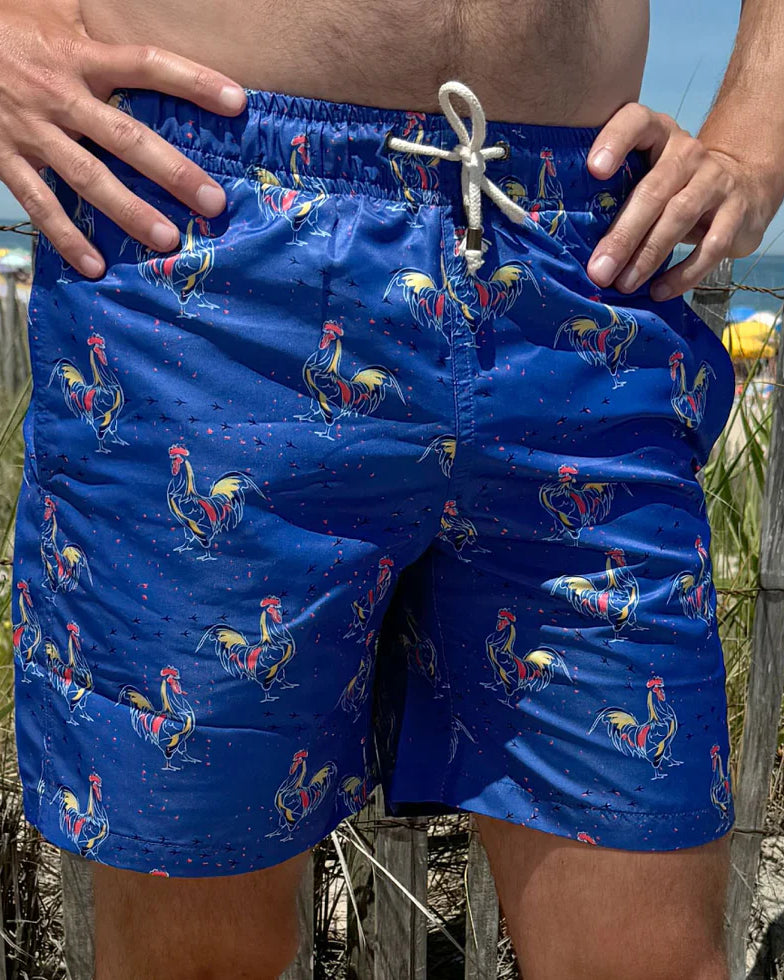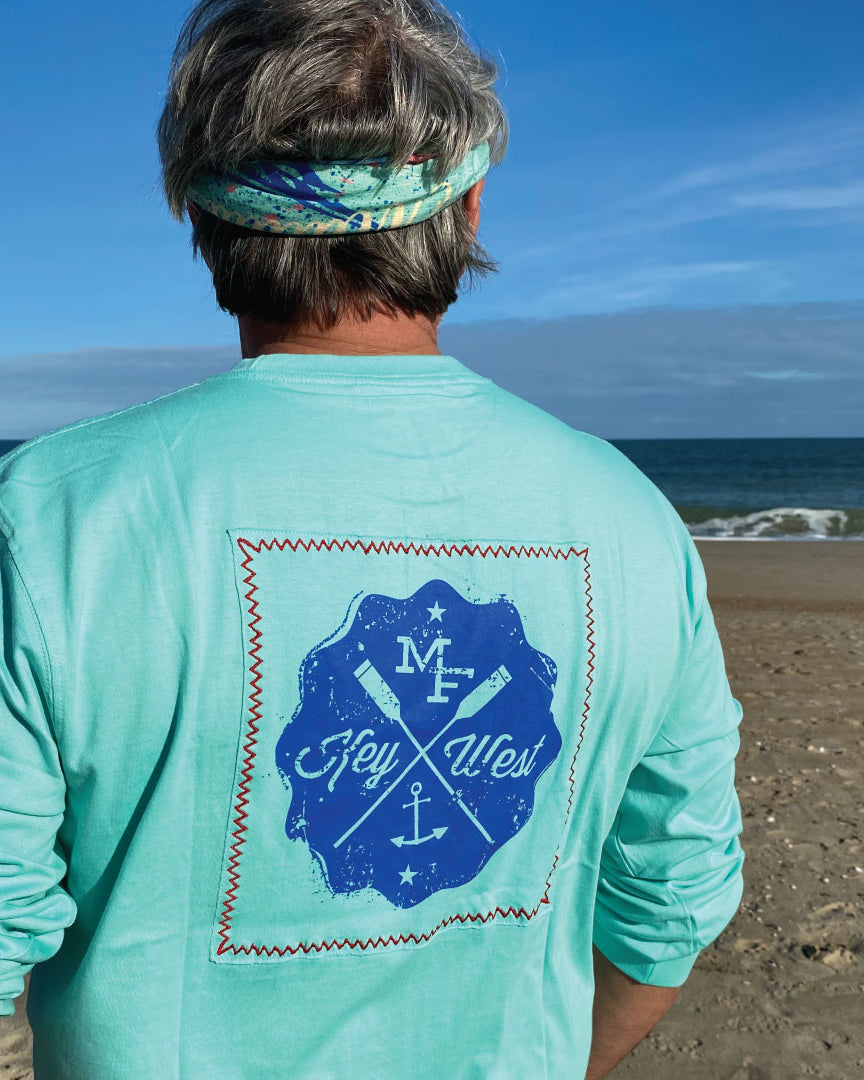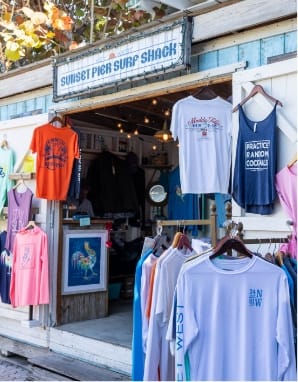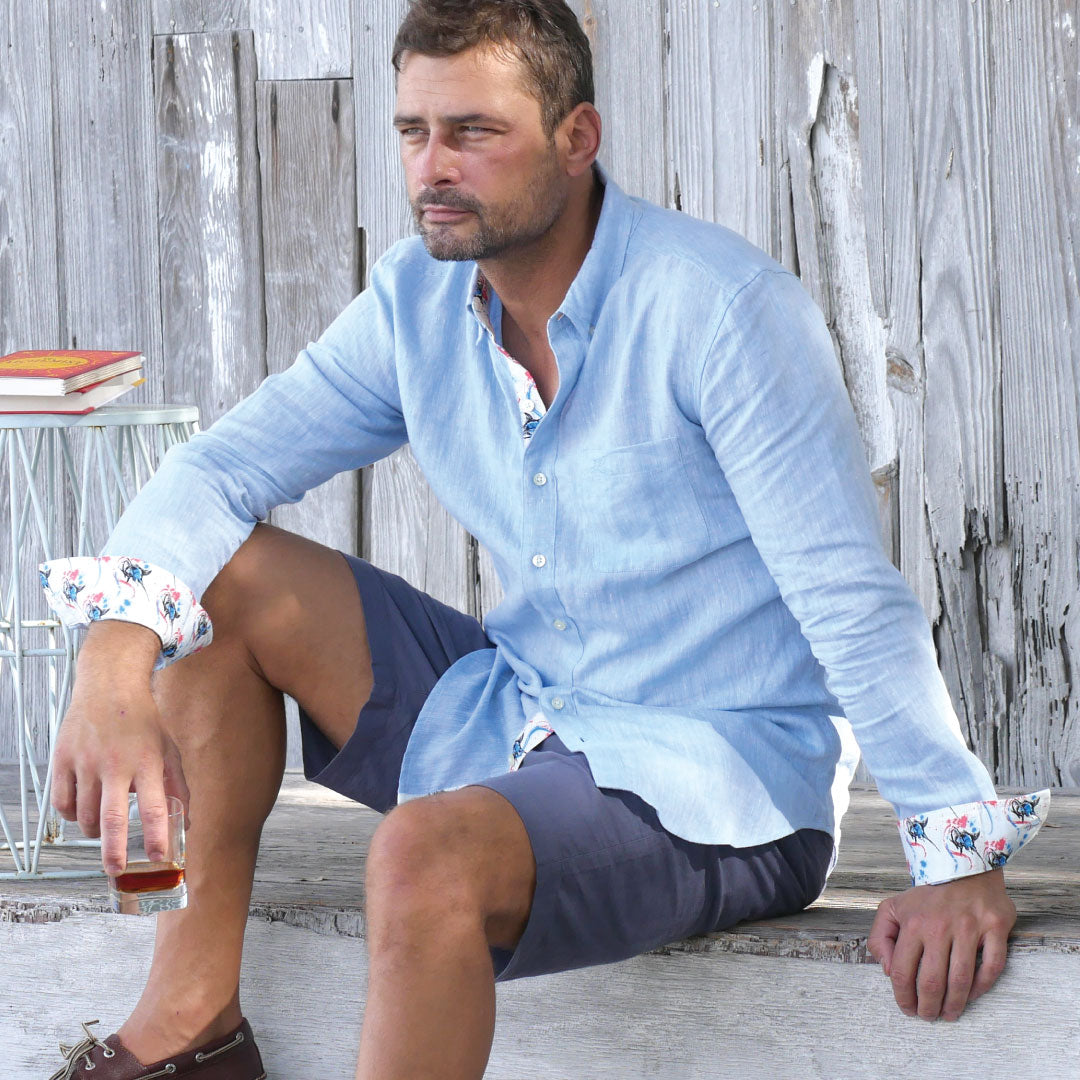THE PULL OF THE SEA
Try to list as many words can you think of to describe the ocean, and your list may be quite large: sparkling, dazzling, mysterious, exhilarating and scary, tempestuous and calm. The ocean is many things to us, but there is one common thread: somehow, we are powerfully drawn, perhaps even at a primal level, to its salty shores. For the adventurous among us, the shores are not enough. For them, the call is strong to ride the swelling waves far from shore, to test themselves against the might and vastness that is the sea.
Opportunities for such an experience are many, and one of the biggest is the Atlantic Rally for Cruisers (ARC), an annual event featuring more than 200 boats from as many as 20 different nations embarking on the crossing simultaneously from Gran Canaria to St. Lucia. The boats officially launch on November 22 in 2020, and the majority of them are expected to arrive in St. Lucia between December 10-15, with prizes given on December 19. Many crews opt to stay in St. Lucia following the event through Christmas, cruising and enjoying all the island has to offer. Touted as a friendly competition, but not a race, the event is more about the experience, featuring training opportunities in advance, two weeks of pre-departure festivities ashore, constant radio contact while at sea, and rum punch, fresh fruit, and awards at the finish.
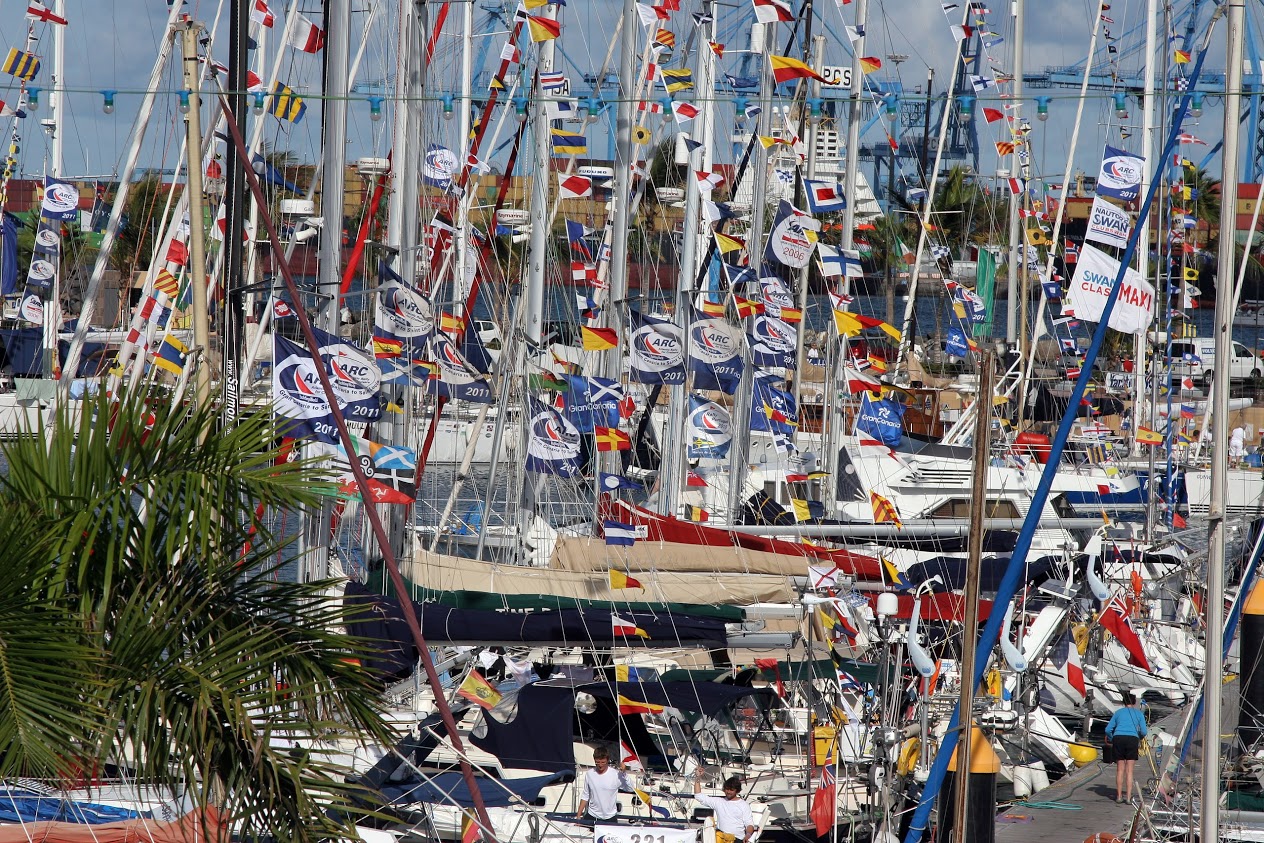
Photo Credit: Jeremy Wyatt, Director, World Cruising Club
A variety of people with vastly different backgrounds, ages, goals, and motivations participate in this event, from first timers to seasoned sailors, from toddlers to retirees, from cruisers to racers.
What is this experience of trans-oceanic sailing like? Every sailor has a story; most have several, and every sailor has a good one.
Living on the island of St. Croix in the Virgin Islands for 15 years, you come across many of these stories. And if you do not directly know someone who has sailed great distances across the ocean, then you know someone who knows someone.
Teddy Seymour
There is the story of Teddy Seymour, the first African-American man to sail solo around the world. A school teacher by profession, he planned and prepared for seven years to make this historic journey, and his efforts are honored every year in a local, annual 8.4-mile running race called A Toast to the Captain. Teddy’s journey began and finished in the historic port of Frederiksted on the island of St. Croix. Launching on February 24, 1986, during Black History Month, abord his 35’ Ericson the Love Song, he finished on a year and a half later on June 19, 1987, completing the journey with only 12 stops and a budget of less than $6,000.

Todd Klindworth is another sailor who has called the VI home. No stranger to sailing, Todd grew up in a small town with a population of 12, learning to sail Sunfish on the beautiful lakes of Minnesota. His father, a Navy WWII vet with an extensive travel history, always said was that when you travel to these beautiful, shoreline cities, you always look out at the ocean, which always looks the same. If he truly wanted to see the cities themselves, he needed to see them from the ocean. Inspired, his father purchased a 104’ sailboat and began his around the world venture, eventually logging over 155,000 miles on the sea. Inspired himself, Todd bought a 52’ Irwin and lived on it in the BVI for several years, sailing around the Caribbean and renting the boat out for charters.
The impact of the first time
Everyone has a different reaction when asked about the impact making that first crossing had on them.
For Todd, having basically grown up on a boat, sailing is just an invisible line you follow, and there are not typically earth-shattering events. “Poseidon doesn’t throw a spear,” he said, simply. For him, the impact was the camaraderie found during the passage.
In his first Atlantic crossing, Todd sailed from Ascension, a small island off the coast of Africa, to a small island off the coast of Brazil called Fernando de Noronha, a protected island that is part of the national park system. The ship’s captain was one of his “great friends,” and Todd recalled that everyone on the boat was treated equally, and everyone did their share. Some of the funniest moments from Todd’s first crossing involved terrible food from the galley and some good-natured hazing. The captain and the cook, he laughed, were the biggest instigators.
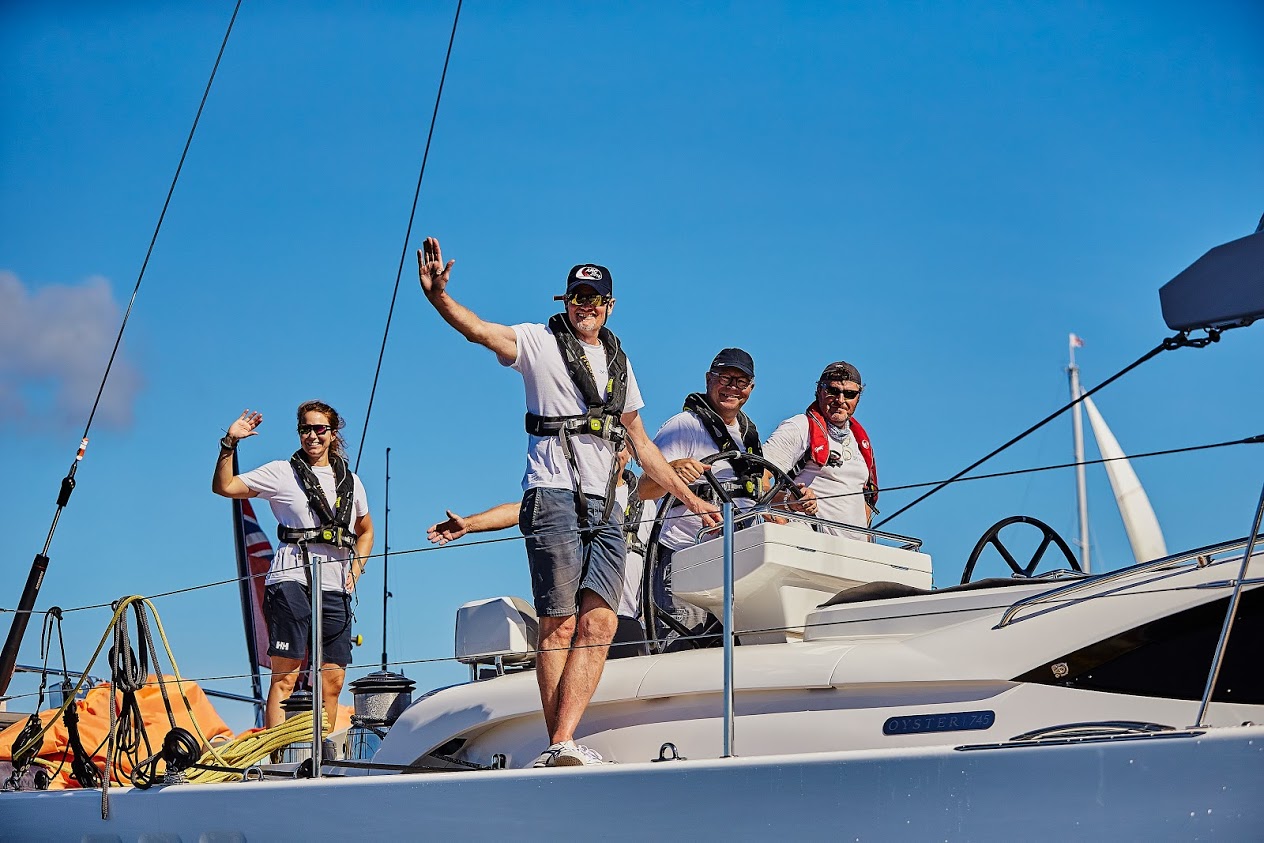

A spirit of good-natured camaraderie extends strongly beyond the boundaries of the individual vessel and throughout the sailing community as a whole. Todd related a story from another friend who was crossing in a 215’ power boat. On the radar, they noted a sailboat ahead of them. The weather was dead calm, the sailboat was stationary, and their crew did not see the approaching power boat. So, as they neared, the captain pranked them by launching a jet ski, where the operator jokingly waved to the crew of the sailboat as they sped past in the middle of the ocean. When the power boat pulled alongside, the crew unloaded water and supplies onto the sailboat, thereby ensuring they had adequate provisions to await the return of the wind.
Crews often help each other out in this way, Todd said, and the spirit of assistance and goodwill in the community is powerful. ARC event organizers relay that same sentiment, noting that “every year, ralliers help each other with spares, advice, and support.”
Teddy’s first trans-oceanic journey was pleasant and went smoothly as well, due to calm waters and breezes in the first 7,000 miles of his journey. “This lone sailor is motivated to stay at sea forever,” he said, experiencing the “unbound freedom…” as the “song of the bow wave played over and over.” He was joined by pods of dolphins, who played alongside the boat for hours on end, seemingly fascinated by the contours and motion of the boat. “The sensation,” Teddy wrote, “became captivating, and the experience incomparable.”
Hatha Maris crew member and ARC participant, Ebba, wrote of the experience: “It’s going to be hard explaining because they will never understand unless they sailed across the Atlantic. Just to explain how blue the water is will be a difficult task. I have never been away for so long, seen so little, yet experienced so much.”
THE TOUGH PARTS

Ocean crossings are not without work. Teddy noted that, when sailing, your activity is maybe “70% work and 30% play.” Maintenance can be one of the toughest aspects of trans-oceanic voyages, taking up the majority of hours spent in cruising. ARC crew member Yulia wrote: “If you wish to get a hands-on training on riffing and fast sails set up – this is the place... In addition, it is a good meditation challenge for the social activity and stability as you are sharing silence and noise together with the space, food and water.”
Safety and communications are vital, and ARC organizers recommend that the skipper and at least one of the crew has current training in “safety and communications equipment, heavy weather sailing, and emergency management.” Communications and safety plans are reviewed with each boat prior to departure, and daily radio nets, via SSB radios, allow ARC boat crews to keep in constant contact while at sea.
Unlike most participant boats, which feature multi-person crews, Teddy had to perform these actions solo. Crews rotate the watch, maintenance, and cooking duties, but there is no one to relieve you on a solo journey, and he likened the physical and psychological barriers that a sailor can run up against to a marathon runner hitting “the wall.” This “wall” comes around the 20-mile mark, where physical fatigue and mental exhaustion are compounded by the knowledge that the runner still has more than six miles to go. So it goes with long sea voyages. Teddy wrote, “the prayers for relief are unanswered; instead problems proliferate: a line gets caught on the propeller, demanding your presence under the pitching hull, and barnacles slash flesh in the process; climb the mast to secure a broken headstay and every ounce of resistance can't prevent your face from smashing into the mast, 40 feet above the deck. That busy in-port schedule can be difficult to manage when everything needs to be done at once, and there is only [one] person to complete the mission. Things must get done and they do...or else.”
For the majority of vessels, however, a trans-oceanic sailing venture requires crew. On a typical crossing, Todd would take a crew of six to eight people. Boat owning, he said, particularly those needing a large crew, presents its own set of challenges, the biggest of which is keeping everyone happy onboard. It was not an impossible task, he jokingly noted, as at least one marriage came out of it.
His crew would always be “known crew,” meaning they were friends of friends, who were more mature, experienced, and had an extensive network of other crew who could be called upon, if needed. Having known crew with known levels of experience was ideal, he said, as you are out in the middle of the ocean. You cannot simply get off the boat or freak out and be incapacitated by fear.
And there are scary moments on the sea. The scariest of which in Todd’s sailing career came, of all places, in the Mediterranean. A large storm, the equivalent of a Category 1 hurricane in the Atlantic, formed shortly after they sailed out of Sicily on their way to Gibraltar. Heavy seas forced them to drop down to the North Coast of Africa, where they were not permitted to dock due to ongoing protests. They rode the storm out at sea, and the next day, pulling into Ibiza, saw extensive damage from the storm surge with at least one boat sunk.
Oddly enough, Teddy’s scariest moment in his circumnavigation came in the Mediterranean as well. Anchored in harbor in Pilos, Greece, to ride out an incoming gale, Teddy found his boat swept to the outer harbor as the spring line and windlass broke and ran out 300 feet of chain. Teddy jokingly wrote that as his ship flirted with shipwreck, his thoughts were on things of seeming unimportance and in these times of stress, “the imagination does strange things… usually exaggerating the situation; to wit, the gloomy agent of destruction seemed to be getting closer.” These negative thoughts, he said, are “the pathway to defeat” and must “be flushed from the conscious state” so that action can be taken to secure the boat. Amazingly, the anchor caught on something and held, and Teddy was able to ride out the storm, but not without incredible effort.

SeaQuell Photo Credit: Todd Klindworth
The opportunities
For all its challenges, the very nature of the ocean draws us with its life and beauty, its power and peace. Teddy describes it as “an essential biological bond.” Even without extensive sailing experience, there are opportunities to learn on the sea, and the availability of such opportunities depends greatly on the boat. Many online websites linking a skipper or boat owner with crew are free services, some require membership, and all require some searching before the ideal match is found.
 Ted's Lovesong
Ted's Lovesong
The Crew Seekers website notes that you should “be completely honest about your previous sailing experience and abilities” and that certifications earned do not necessarily indicate skill level and are far from the only thing considered by skippers seeking crew. They stress the importance of asking questions, but respecting authority and experience and working with your crewmates in a manner that is uniting and not divisive. Getting to know your captain and the boat, its capabilities, the intended route, and the expected weather are all important. Practical items to consider are medical needs and dietary requirements; travel arrangements that are flexible so that you are not restricted before and after your sail; visa, immigration, and vaccination requirements for the countries along your route; and travel insurance that covers both ocean sailing and the countries you will be visiting. Above all, they state, come with a willingness to learn.
There is a range of potential costs to such a venture, from full charter costs, to the crew members contributing various amounts to operating expenses, to the other extreme of crew receiving compensation for their work. A lot depends on what you are looking for and what the ship captain or owner is looking for.
Acknowledging that when making these long passages, you are sailing with relative strangers for an extended period of time, it is imperative that every crew member approach the job openly and with a willingness to contribute and to learn. In the end, it is the respectful interaction of the crew and the ability to work together toward a common goal for an extended period of time in a confined space that is the key. With such an approach, the ocean is certain to provide, as Teddy noted, “tremendously vital pleasures.”
Made for sailing
Sea-mester
https://www.seamester.com/
A link for students to get college credit while learning on the sea.
Crew Seekers International
https://www.crewseekers.net/opportunities/
A fair amount of upfront advice for both captains and those seeking to be crew is offered on this page, in addition to a listing of boats seeking crew.
World Cruising Club (host of the Atlantic Rally for Cruisers)
https://www.worldcruising.com/
https://oceancrewlink.com/
ARC participant boats are often looking for crew, even those with little to no experience, and the Ocean Crew Link provides a listing of open opportunities with varying types, durations, and cost per crew member.
Crewbay
https://www.crewbay.com/
Crewbay is a free service linking both professional and recreational skippers and crew alike. There are opportunities to serve on boats from all over the world.
Find a Crew
https://www.findacrew.net/
This site offers both free and premium membership options. The free option allows you to browse and locate potential matches, but an upgrade to premium is required to fully connect.




